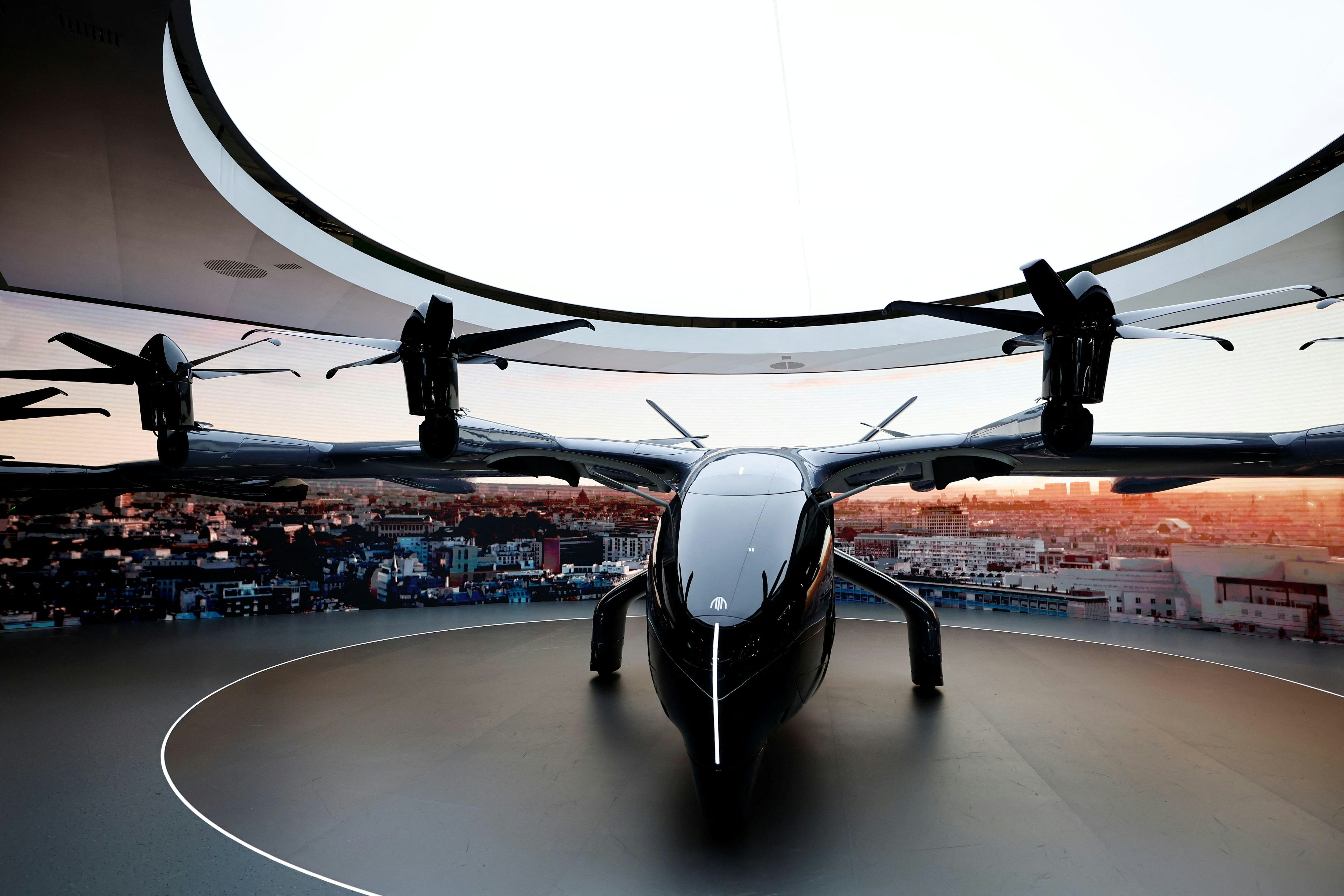
AeroGenie - مساعد الطيار الذكي الخاص بك.
الرائج الآن
Categories
Pilot Distracted by Open Engine Cover During Flight

Pilot Distraction Leads to Crash Following Engine Cover Malfunction
Incident Overview
A recent accident at Sanford, Florida, has brought renewed attention to the critical importance of pilot focus and strict adherence to safety protocols during flight operations. The pilot of a Sequoia F.8L Falco completed a routine preflight inspection without identifying any issues before engine start and taxi. However, shortly after takeoff, at approximately 100 feet above ground level, an engine compartment access cover unexpectedly opened.
Upon noticing the unsecured cover, the pilot promptly communicated with air traffic control and was granted clearance to return and land on a parallel runway. In an effort to prevent the cover from detaching, the pilot reduced airspeed and maneuvered within the traffic pattern. Unfortunately, his attention became overly fixated on the open engine cover, resulting in a significant decrease in airspeed. This distraction led to an aerodynamic stall: the aircraft began to buffet, the left wing dropped, and the plane rapidly lost altitude. It ultimately struck a taxiway before coming to rest on the parallel runway.
Consequences and Investigation Findings
The crash inflicted substantial damage to the fuselage and left wing. The pilot sustained minor injuries and later acknowledged to investigators, “I focused way too much on the open engine cover and way too little on flying the airplane. The result was a classic stall/spin scenario too close to the ground.”
The National Transportation Safety Board (NTSB) determined the probable cause of the accident to be the pilot’s failure to maintain control of the aircraft after the engine access cover opened during the initial climb. The September 2023 accident report serves as a cautionary example, underscoring the dangers posed by pilot distraction—even when confronted with unexpected mechanical issues.
Broader Implications for Aviation Safety
This incident highlights broader challenges within the aviation industry. Distractions such as an open engine cover not only present immediate safety hazards but also invite regulatory scrutiny and potential legal ramifications for operators. In response, airlines and competitors may adopt enhanced safety training programs and implement stricter maintenance protocols to reduce the risk of similar occurrences. Furthermore, ongoing concerns regarding certain aircraft engines and their market shares continue to shape operational priorities and safety measures across the sector.
The NTSB offers this report as an educational resource aimed at helping pilots and industry stakeholders learn from past incidents. It reinforces the paramount importance of maintaining aircraft control above all else during flight, even in the face of unexpected mechanical distractions.
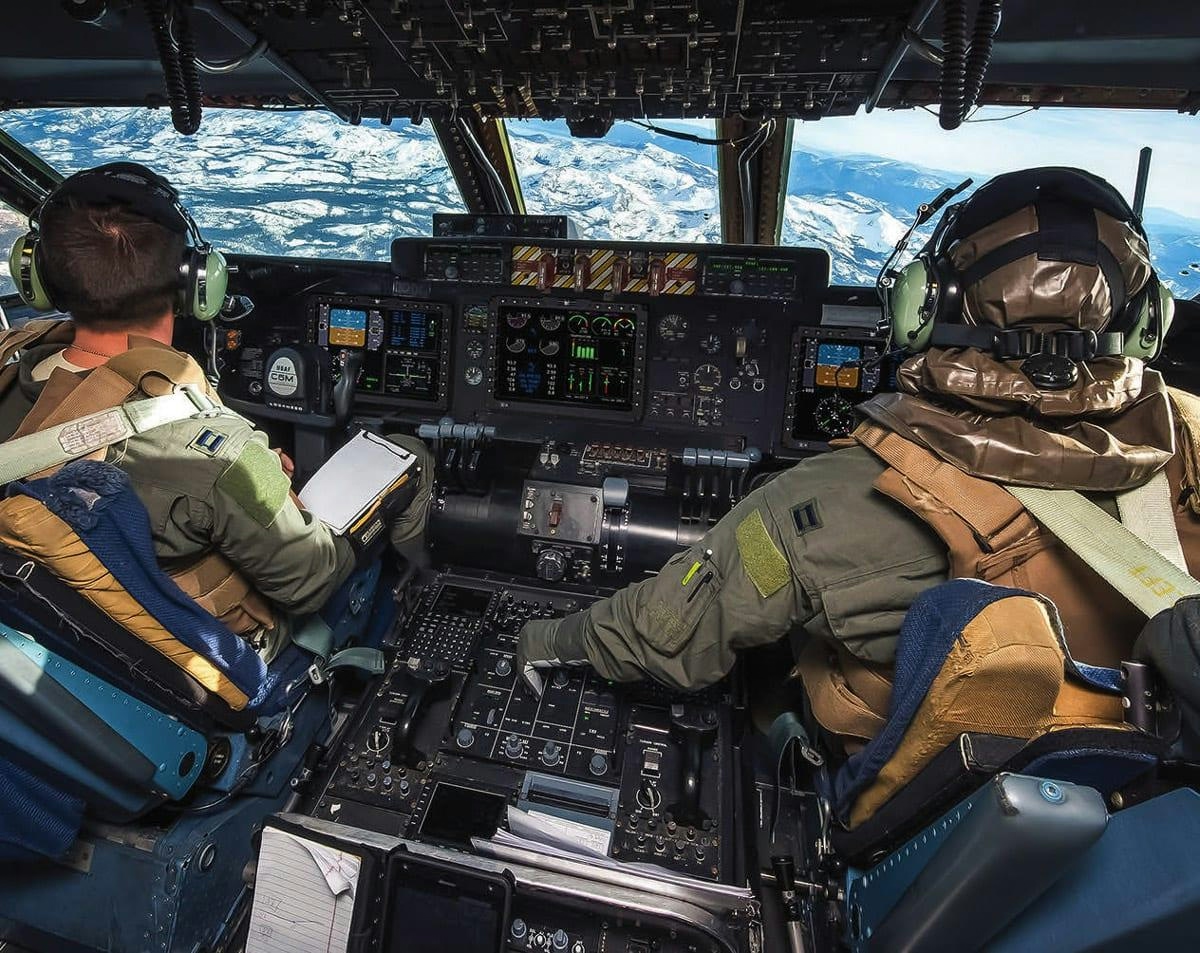
Defense Aviation Adopts Commercial Innovations
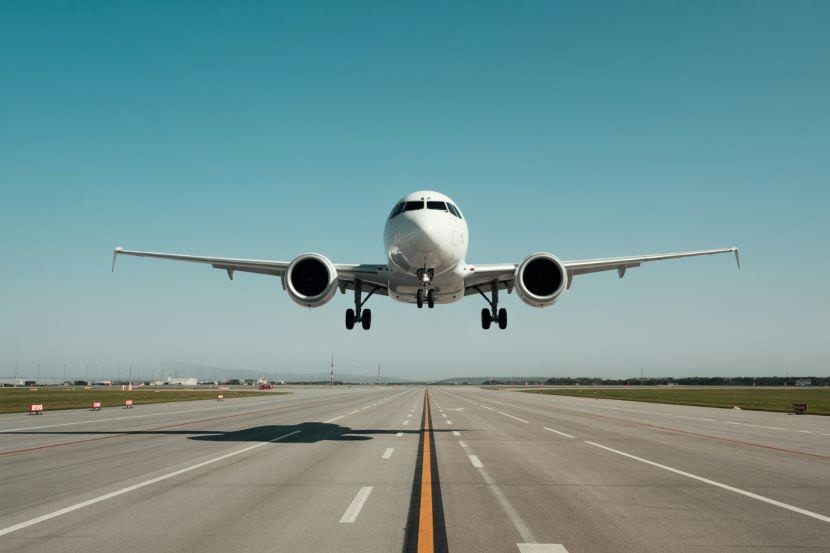
MedAire’s Alert Platform Enhances SolitAir’s Role in Aviation Security Innovation

India Faces Shortage of 30,000 Pilots Amid Growing Fleet, Aviation Minister Calls for Urgent Training
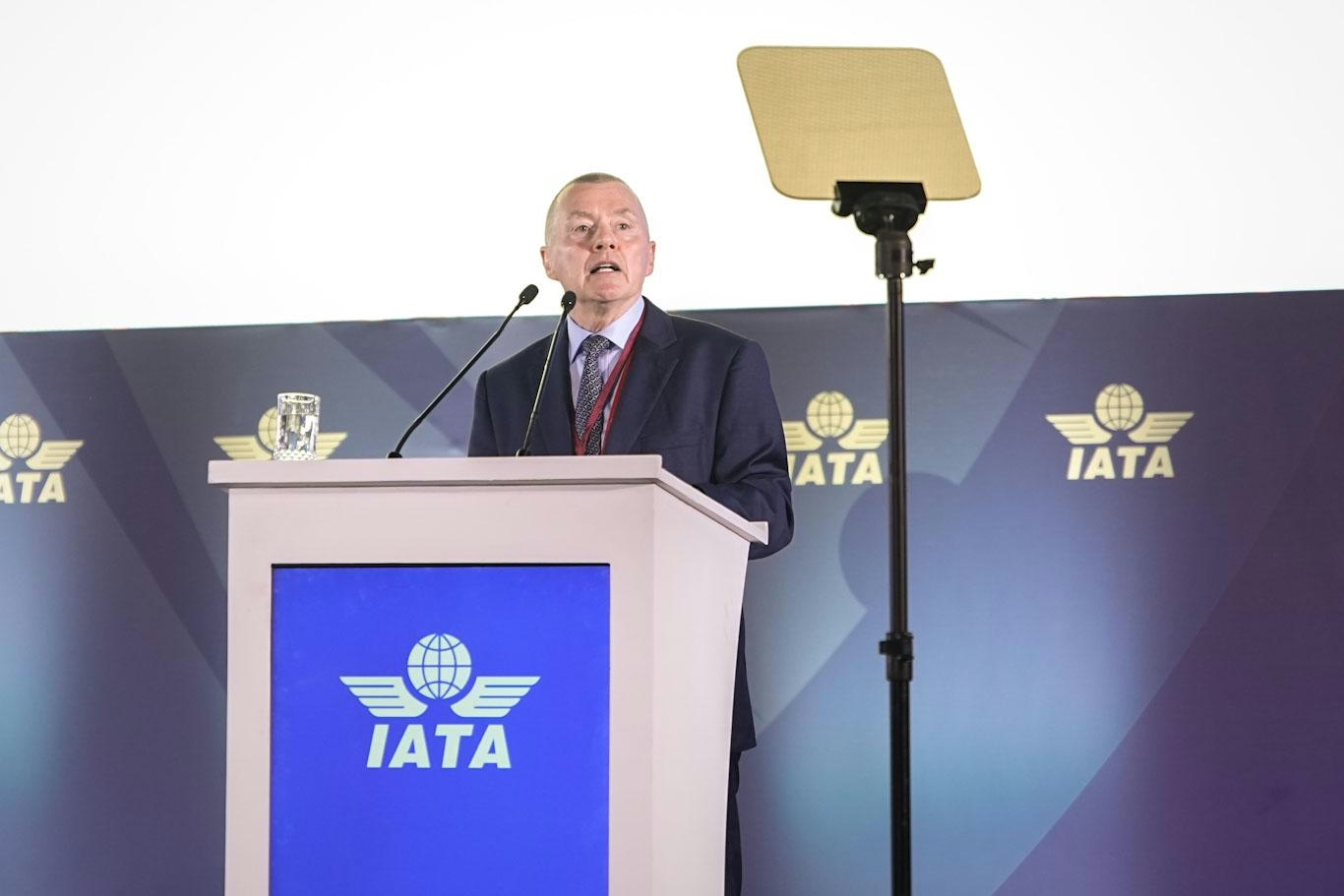
IATA Chief Calls for Fair Compensation for Airlines Amid Supply Chain Challenges
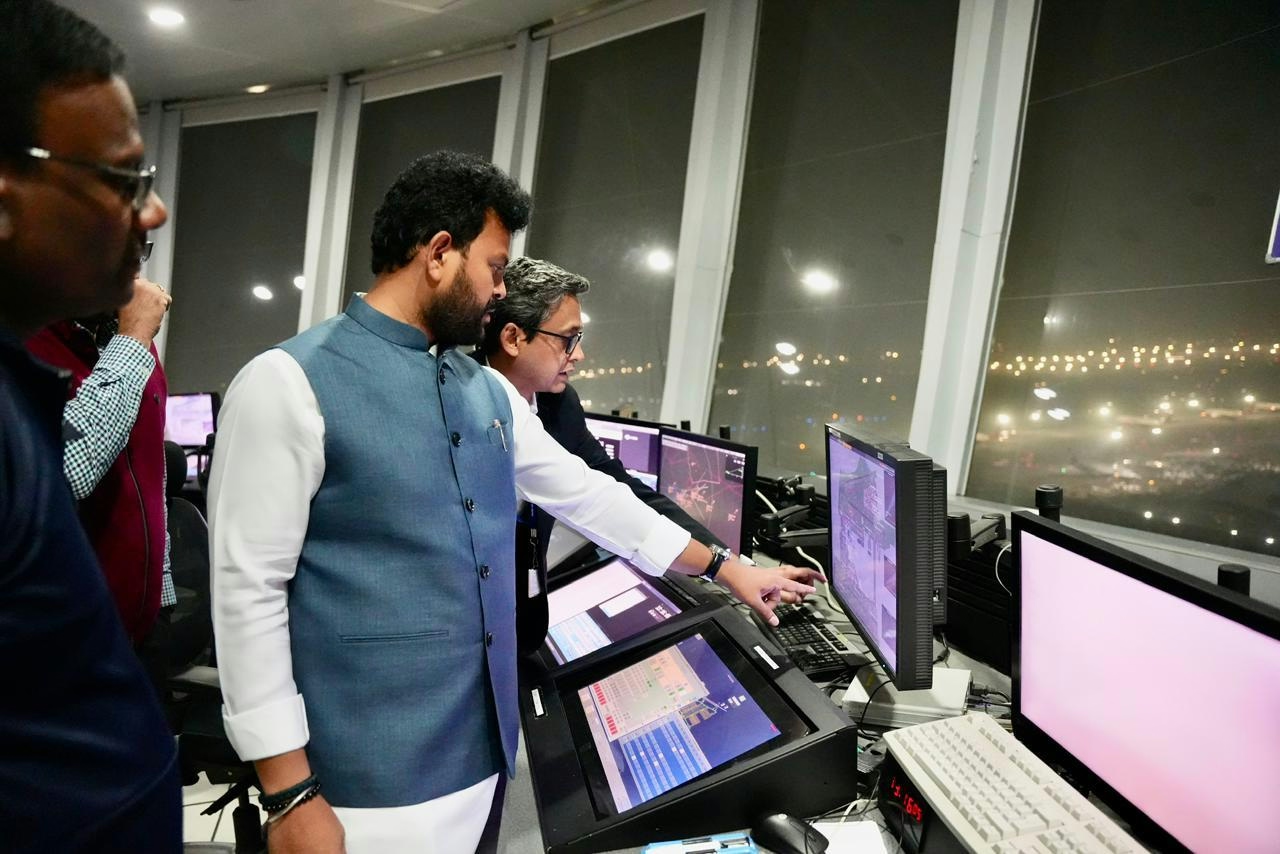
AAI Unveils Pavilion Highlighting India’s Aviation Advances at IITF 2025
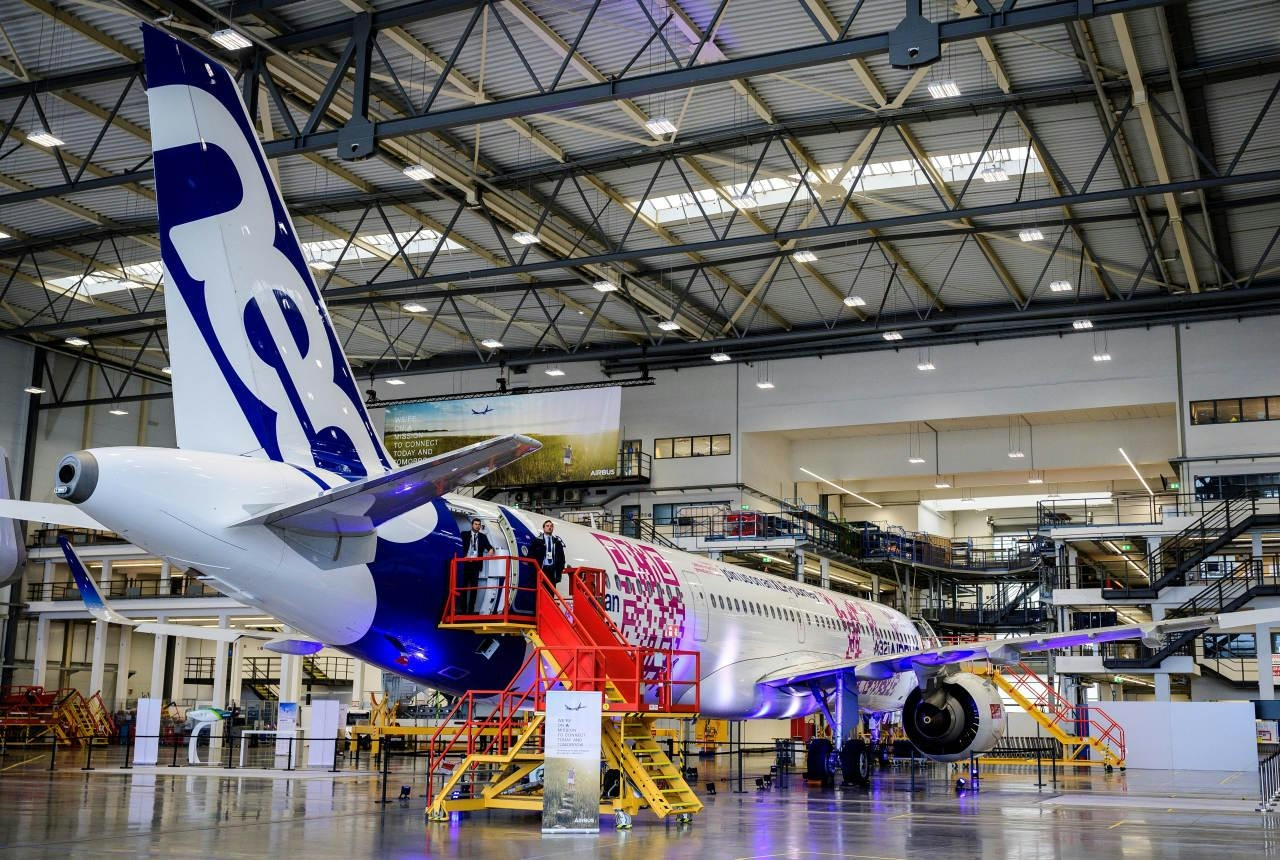
Airbus Projects Asia-Pacific Will Need Nearly 20,000 New Planes Over 20 Years
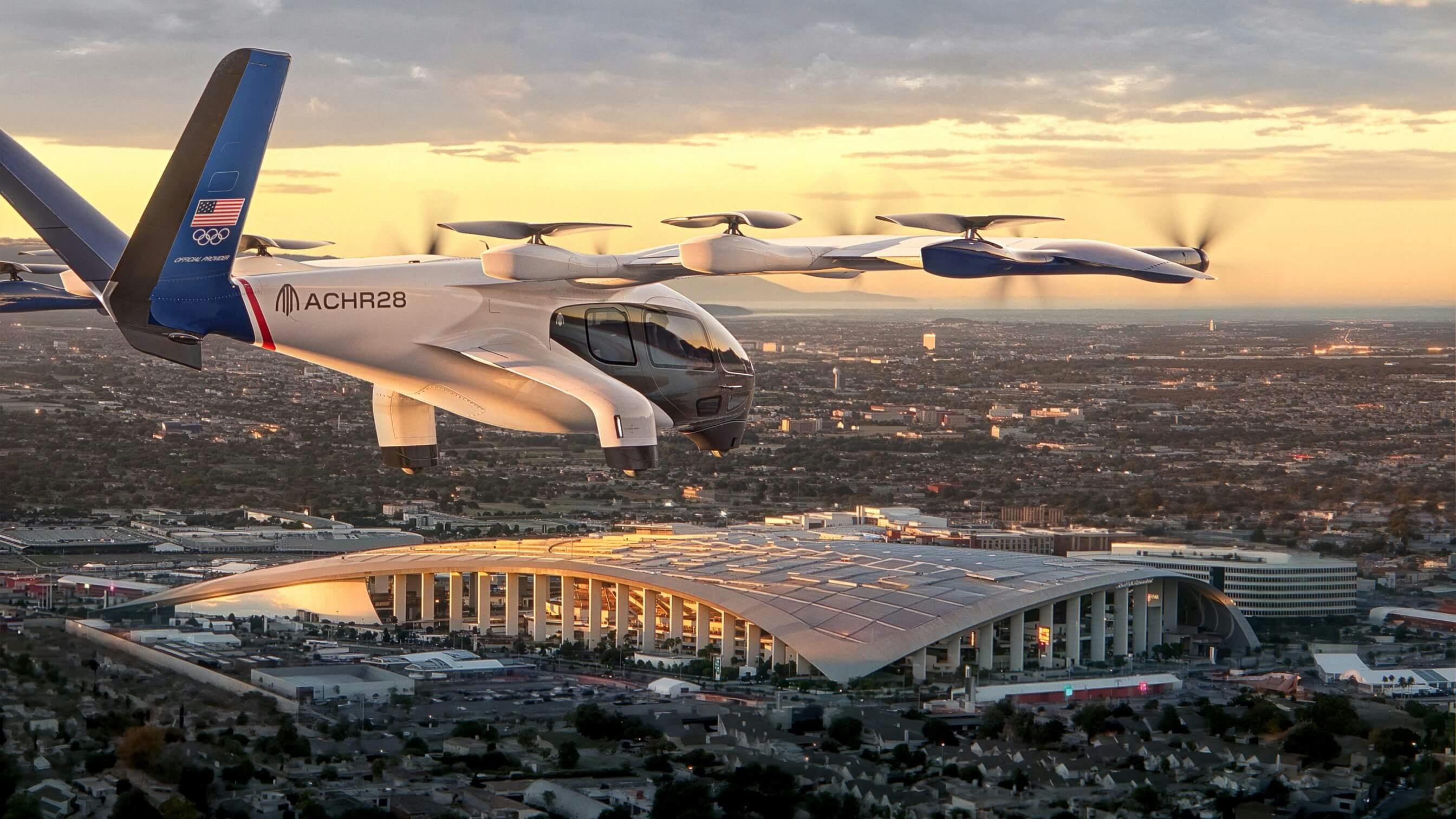
Archer Midnight Air Taxi Launches Silent City-to-Airport Flights in 2026
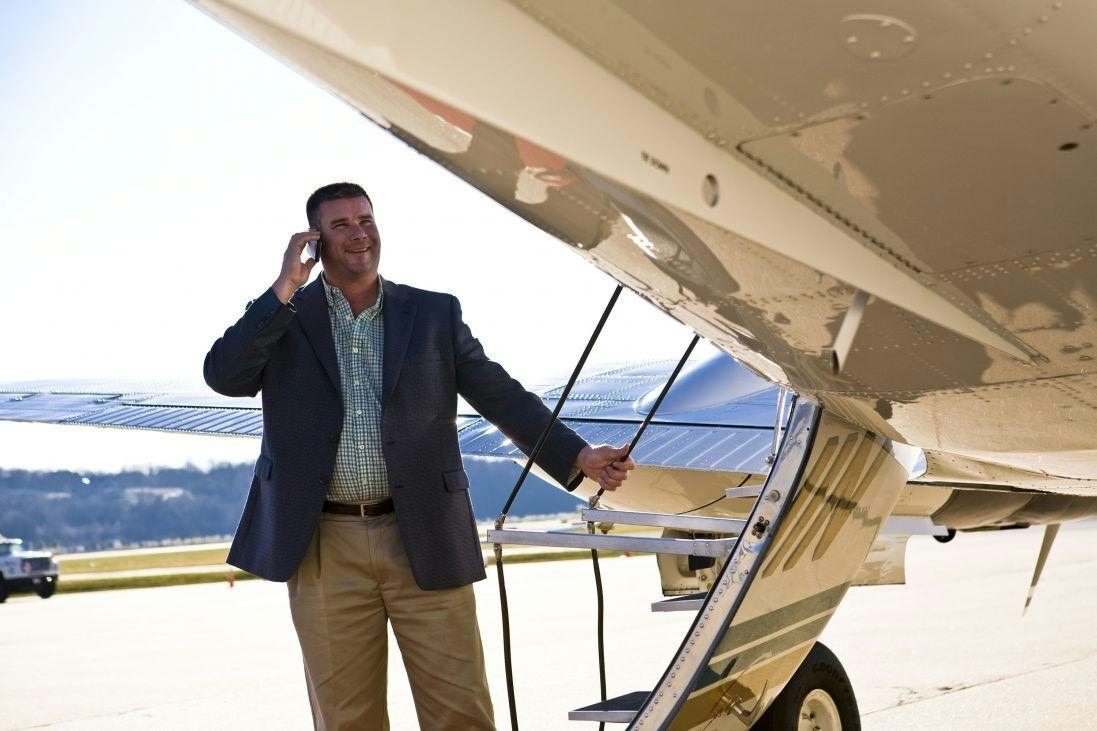
Aircraft Leasing Companies Offer Potential Benefits for Investors
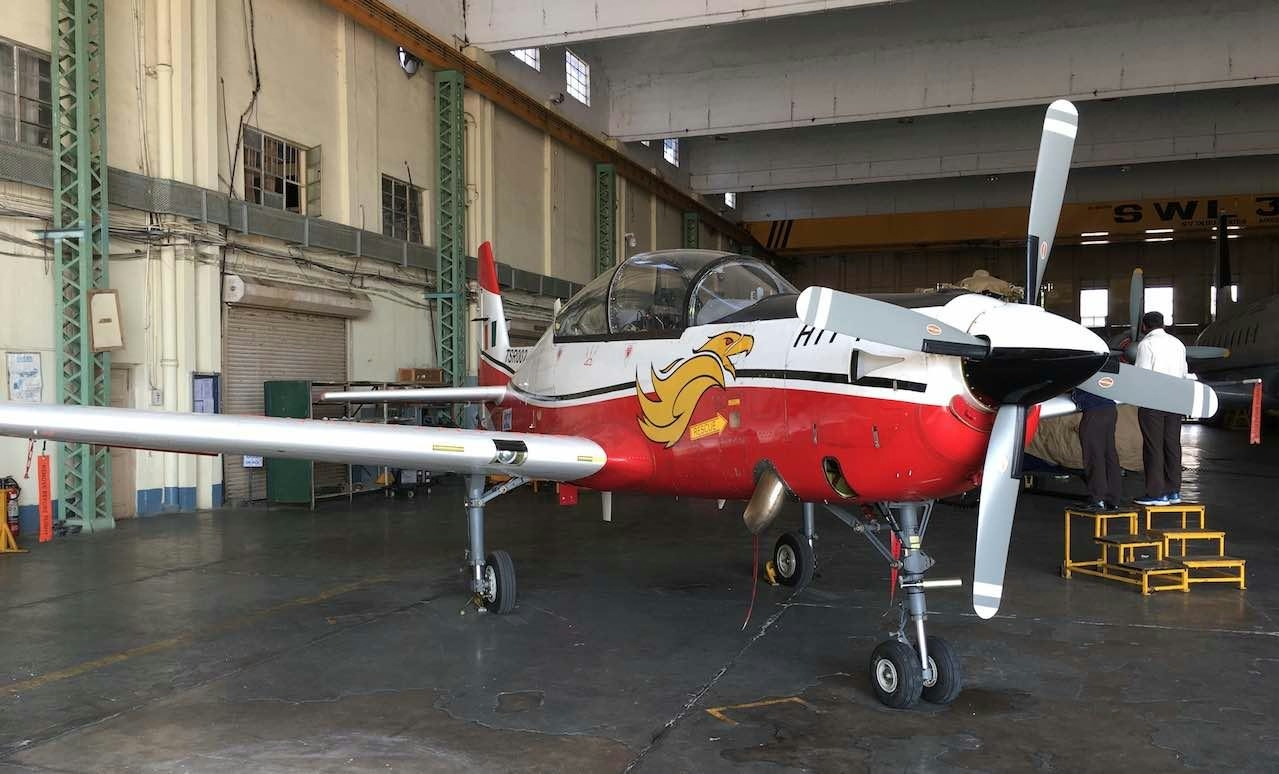
HAL Increases Production Ahead of HTT-40 Delivery
